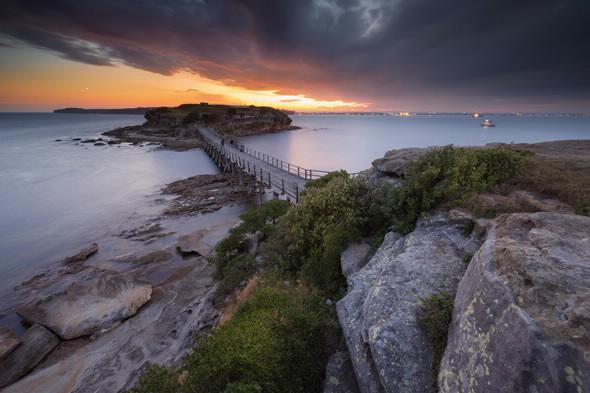

Published on the 22nd December 2016 by ANSTO Staff
Australia is participating in an international research project that will use isotopic and nuclear techniques to study coastal pollution at a number of global sites in developing and developed countries.
The research, which is being undertaken under the auspices of the International Atomic Energy Agency (IAEA) as a Coordinated Research Project, is expected to produce a series of pilot studies; a streamlined, harmonised and validated methodology for sediment dating and reliable, high quality and comparable data on temporal trends of pollutants from coastal areas in different geographical locations.
The investigations will reconstruct past status of the marine environment and identify the sources of pollution and identify trends.
Prof Henk Heijnis, Leader of Environmental Science at ANSTO and Chair of the project and will lead a small team of environmental researchers who will undertake pollution studies at sites in Australia and Indonesia.
Of 29 countries that applied to participate, 10 were selected for inclusion in the four year project: Australia, Brazil, Kenya, Kuwait, Malaysia, Mexico, Morocco, Sri Lanka, Sweden and Vietnam.
“The Australian component includes areas where coastal marine environments have been effected by specific issues, such as point source and diffuse contaminants,” said Heijnis.
Spain is providing radiometric and accelerator mass spectrometry services for the analyses. Italy will establishing best practice for marine sediment geochronology.
ANSTO is making its ITRAX X-ray fluorescence core scanner available for the analysis of sediment core samples from some selected participating countries.
At the meeting in Rio di Janeiro, Heijnis assisted with a demonstration of the protocols to take sediment samples (pictured right) on a field trip out into Sepetiba Bay, southwest of Rio de Janeiro.
“I brought the 30 kilogram sediment corer and we took samples that will be analysed for the pollutants cadmium and zinc, which will be analysed at multiple facilities,” said Heijnis.
We will also establish a chronology for the sediments using lead-210.
“As there are five or six different models that can be used to calculate the age against depth, we are also doing an inter-comparison to see if we come up with same numbers,” said Heijnis.
The ANSTO researchers who are working on the project include Dr Krystyna Saunders, Atun Zawadzki and Dr Craig Woodward.
